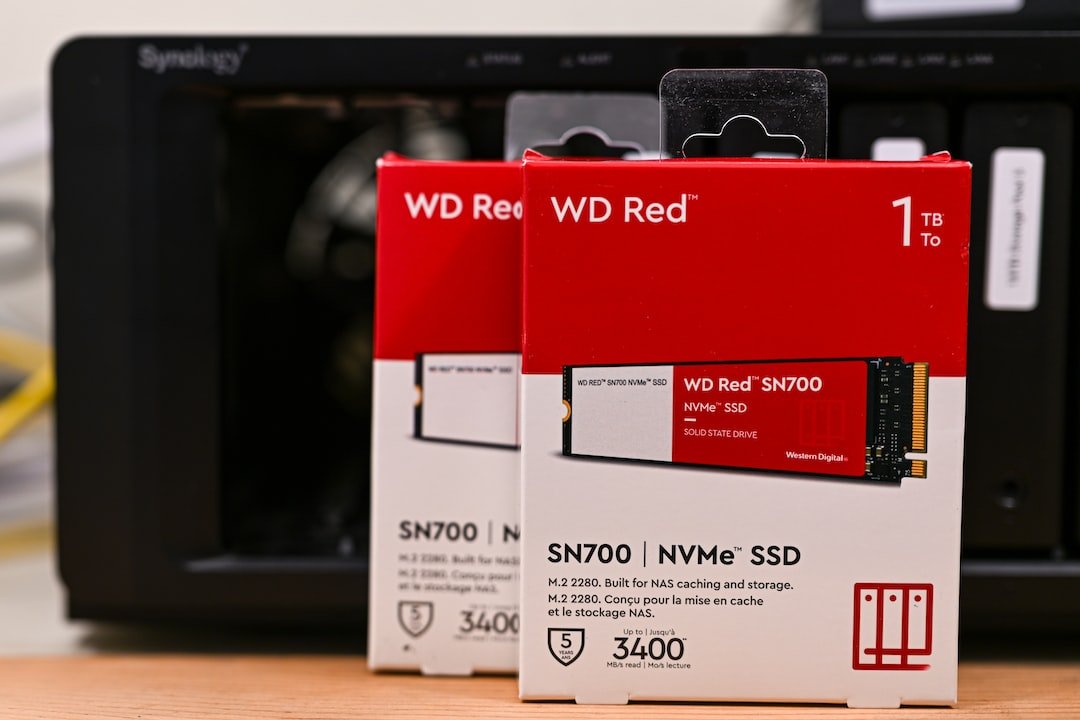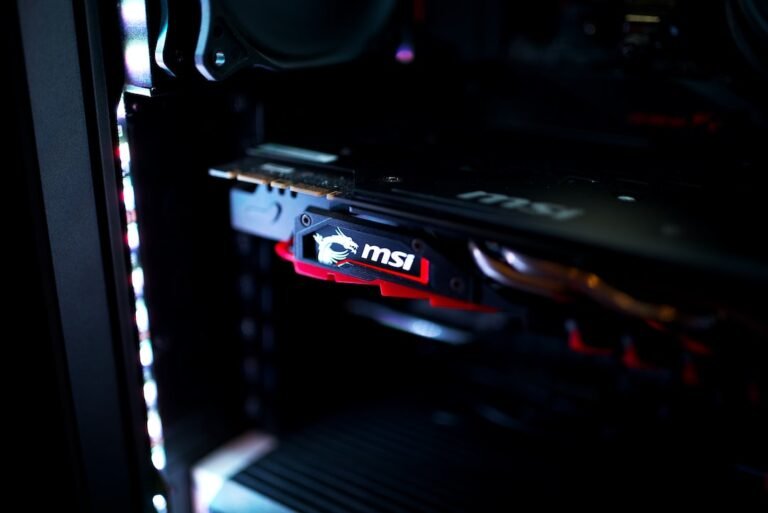Introduction
Have you ever experienced a sudden drop in internet connectivity, slow browsing speeds, or frequent disconnections? It can be incredibly frustrating, especially if you rely on a stable and secure internet connection for work, entertainment, or other essential activities. In many cases, these issues can be traced back to problems with router firmware.
Router firmware, the software that powers your router, plays a crucial role in maintaining a stable and secure network connection. However, sometimes firmware updates can introduce new bugs or compatibility issues that disrupt the smooth functioning of your router. This is where firmware rollback comes in.
In this guide, we’ll explore the concept of router firmware rollback and how it can help you regain stability and security in your network. We’ll discuss the benefits of rollback, the step-by-step process to perform it, and some common FAQs related to the topic. So let’s dive in and take back control of your network!
Benefits of Router Firmware Rollback
When you encounter issues with your router, firmware rollback can be a valuable tool to restore stability and security to your network. Here are some key benefits of performing a rollback:
Reversing Incompatible Updates: Firmware updates can sometimes cause compatibility issues with your router or other connected devices, leading to disruptions in connectivity. Rolling back the firmware to a previous version can help resolve these issues and bring your network back to its previous stable state.
Fixing Performance Issues: If you notice a sudden decrease in internet speed or connection dropouts after a firmware update, it could be due to bugs or errors introduced in the new version. By rolling back to a previous version, you can potentially eliminate these performance issues and restore your network’s optimal speed and reliability.
Addressing Security Vulnerabilities: Although firmware updates aim to enhance security, they can inadvertently introduce new vulnerabilities. In some cases, a new firmware version may have security flaws that were not present in the previous version. Rolling back the firmware can help you mitigate any such security risks while you wait for a more stable update.
- Saving Time and Hassle: Instead of spending hours troubleshooting and attempting to fix network issues caused by a new firmware update, performing a rollback can save you time and frustration. It allows you to quickly revert to a previous version that you know worked well, eliminating the need for extensive diagnostic work.
Now that you understand the benefits of router firmware rollback, let’s explore the step-by-step process to perform it.
How to Perform Router Firmware Rollback
Performing a router firmware rollback requires careful execution to ensure a successful transition and avoid any further issues. Follow the steps below to roll back your router’s firmware:
Research Compatibility: Before starting the rollback process, research the compatibility of the previous firmware version with your specific router model. Ensure that the older firmware version is compatible with your router to avoid potential conflicts or compatibility issues.
Backup Your Settings: It’s essential to back up your router’s current settings before performing a rollback. This ensures that you can easily restore your network configuration after the rollback. Refer to your router’s user manual or manufacturer’s website for instructions on how to back up your settings.
Download the Previous Firmware Version: Visit the website of your router’s manufacturer and locate the support or downloads section. Look for the previous firmware version that you want to roll back to and download it to your computer.
Access the Router’s Web Interface: Open a web browser on a device connected to your router’s network and enter the router’s IP address in the address bar. This will take you to the router’s web interface, where you can make configuration changes.
Access Firmware Update Settings: Within the router’s web interface, locate the firmware update settings. This may be under a section such as “System,” “Advanced,” or “Administration.” Click on the firmware update option to access the firmware settings.
Roll Back the Firmware: In the firmware update settings, you should find an option to upload the previous firmware version that you downloaded earlier. Click on the “Browse” or “Choose File” button to locate the firmware file on your computer, then select it and initiate the firmware rollback process.
Follow On-Screen Instructions: During the firmware rollback process, carefully read and follow any on-screen instructions provided by your router’s interface. These instructions may vary depending on your router’s brand and model.
Wait for the Rollback to Complete: The rollback process may take a few minutes to complete. Do not interrupt the process or turn off your router during this time as it could result in bricking your router. Ensure a stable power source and resist the temptation to make any additional changes during the rollback.
Restore Your Settings: After the rollback process is complete and your router restarts, access the router’s web interface again. Navigate to the settings section where you previously backed up your configuration. Restore your settings from the backup you created earlier.
- Test the Network: Once you’ve restored your settings, test your network’s stability and performance. Check for any remaining issues and ensure that your devices are connecting seamlessly.
Congratulations! You have successfully performed a router firmware rollback. Your network should now be stable and secure. If you still encounter issues, consider seeking additional troubleshooting or contacting your router manufacturer’s support team for further assistance.
FAQ
Here are answers to some commonly asked questions related to router firmware rollback:
| Question | Answer |
|---|---|
| What is a home network setup? | A home network setup refers to the installation and configuration of networking devices, such as routers and modems, within your home. It allows for the establishment of a local area network (LAN) to connect various devices and enable internet connectivity. Learn more about home network setup here. |
| How can I troubleshoot my router? | If you encounter issues with your router, troubleshooting can help identify and resolve the problem. Read our comprehensive guide on router troubleshooting here. |
| Is router firmware rollback recommended for everyone? | Router firmware rollback is recommended for users experiencing issues after a firmware update. If your network is stable and secure without any performance issues, there may be no immediate need for a rollback. |
| Can I rollback to any previous firmware version? | No, you cannot roll back to any arbitrary firmware version. Ensure that the firmware version you want to roll back to is compatible with your router to avoid potential compatibility issues. |
| Are there any risks associated with firmware rollback? | While firmware rollback is generally safe, there is a small risk of complications if not performed correctly. Follow the manufacturer’s instructions carefully, ensure a stable power supply, and take necessary precautions to minimize any potential risks. |
Further Reading
For more information on routers, network stability, and related topics, check out these external resources:
- Wireless Router Security Guide: Learn how to enhance the security of your wireless router and protect your network from unauthorized access.
- Gaming Router Buying Guide: If you’re a passionate gamer, this guide will help you choose the right router to optimize your gaming experience.
- Mesh Wi-Fi Systems: Discover the benefits of mesh Wi-Fi systems for providing seamless coverage throughout your home.
- 5G Routers for High-Speed Internet Connectivity: Explore the world of 5G routers and how they can deliver lightning-fast internet speeds.
- Parental Control Routers: Learn how parental control routers can help you manage and monitor your children’s internet usage.
- Open-Source Router Firmware: Delve into the world of open-source router firmware and the advantages it offers in terms of customization and security.
- VPN Router Security: Understand the benefits of using a VPN router to secure your internet connection and protect your privacy.
- Smart Home Integration with Routers: Discover how routers play a crucial role in integrating and managing various smart home devices.
- Choosing the Right Router for Fiber Internet: If you have a high-speed fiber internet connection, this guide will help you find the right router to maximize your internet performance.
Now that you have a comprehensive understanding of router firmware rollback, its benefits, and the steps to perform it, you can confidently troubleshoot network issues and restore stability and security to your router. Happy networking!




